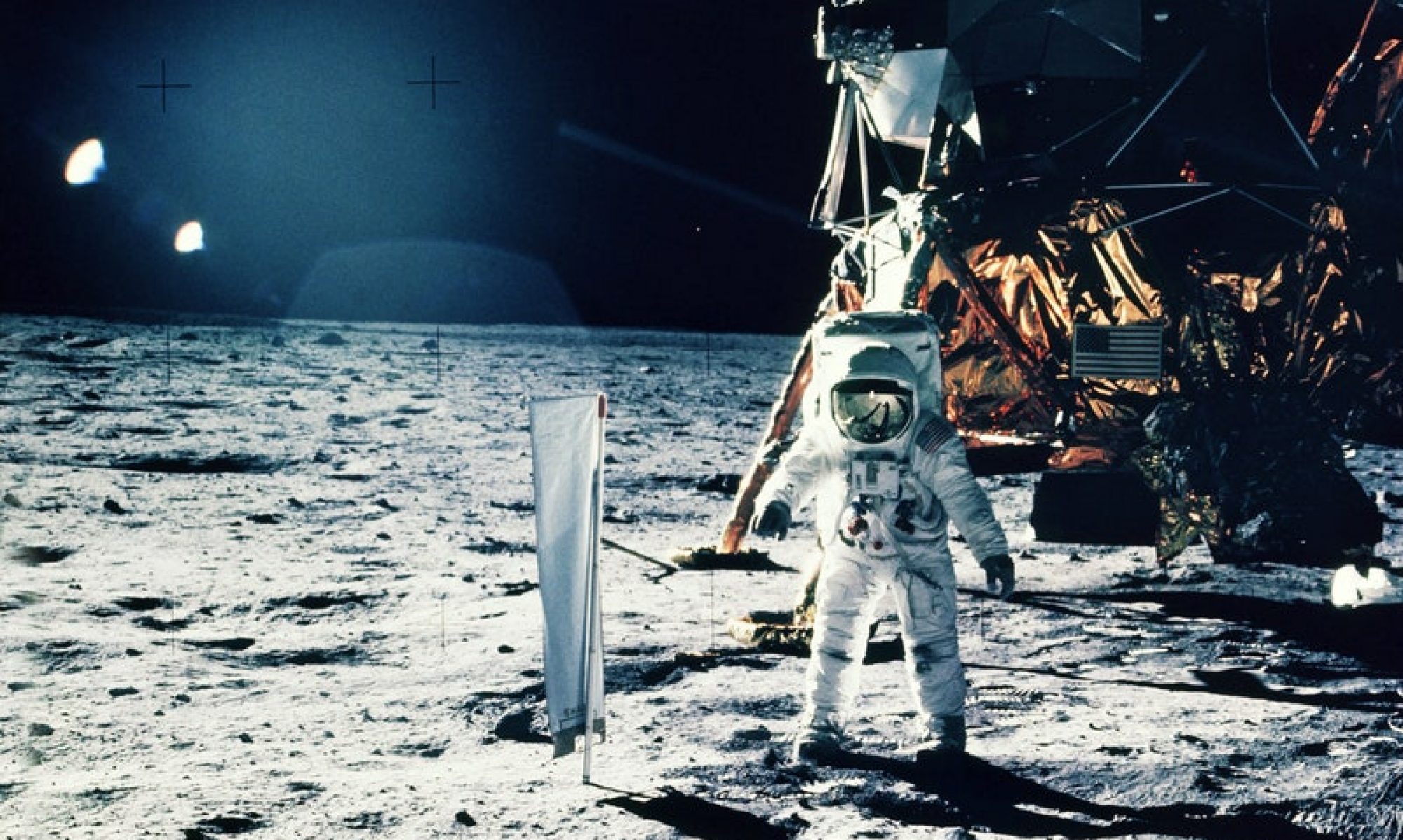Discover the Iconic Moon Boulder That Helped Shape Our Understanding of the Moon’s Origins
The Apollo 17 mission is etched in history, not only as the last mission to land humans on the Moon but also for the groundbreaking discoveries it made about the Moon’s origins. One of the most iconic images of this mission is of astronaut Jack Schmitt standing beside the Iconic Moon Boulder—yet this rock holds a story that has shaped our understanding of how the Moon was formed.
In this blog post, we’ll take you on a fascinating journey to explore this historic lunar rock, why it’s significant, and what it tells us about the Moon’s volcanic past. If you’re a space enthusiast, buckle up—you won’t want to miss this.
The Iconic Moon Boulder That Changed the Game
During the Apollo 17 mission, Jack Schmitt and Gene Cernan collected samples from a rock that showed some unique characteristics. This rock, called anorthosite, was formed billions of years ago when a massive collision between Earth and a Mars-sized body created the Moon. The Moon, essentially a chunk of the Earth’s mantle, cooled over millions of years, and this rock crystallized, floating to the Moon’s surface.
This discovery helped solidify the theory that the Moon was formed from a giant impact—a theory that has since become widely accepted in the scientific community. The rock collected by Schmitt provided physical evidence for this, showing that the Moon’s surface was once covered by a sea of lava, allowing these specific crystals to form.
Why This Matters to Space Exploration
Studying this lunar rock helps us understand not just the Moon, but also Earth’s early history. The same processes that occurred on the Moon also happened on Earth, making it a critical clue in piecing together how planets evolve. It’s one thing to study volcanic rocks here on Earth, but examining them on the Moon—where there’s no longer any volcanic activity—opens a unique window into a time billions of years ago.
And guess what? You can experience this journey in a whole new way.

Take a Virtual Tour of Apollo 17’s Lunar Findings
We’re excited to offer you a fully interactive virtual reality experience where you can explore the Apollo 17 mission’s landing site. Imagine standing right where Jack Schmitt collected this historic sample! You’ll get up close with the lunar module, the tools astronauts used, and even the rock itself.
Would you like to feel what it’s like to be on the surface of the Moon? Now you can! This interactive VR tour is available exclusively through our Patreon page, where you’ll gain access to high-resolution images, videos, and in-depth commentary from space experts.
If you’re already a subscriber, dive in and explore the Moon like never before. If not, consider joining our Patreon for as little as a cup of coffee per month. You’ll be directly supporting our work to bring you these out-of-this-world experiences while gaining access to premium content that will take your love for space to the next level.
Join the Conversation!
We’d love to hear from you. What do you think about the Apollo 17 mission and its findings? Have you ever wondered how lunar exploration helps us understand our planet better? Share your thoughts in the comments below! Your insight makes the space community stronger.
Don’t forget to share this post with fellow space enthusiasts! Together, we can explore the cosmos and unravel the mysteries of our universe, one discovery at a time.
Step Into Space—Virtually!
Want to see the Apollo 11 landing site and the ALSEP up close? You can experience it all through virtual reality! Step onto the Moon’s surface in a 3D interactive experience and explore the ALSEP firsthand. If you own a VR headset like the Oculus, you can walk around the Apollo 11 landing site and get an immersive view of this groundbreaking experiment. If you’re craving more in-depth insights, consider joining our Patreon community! Your support helps keep these space exploration stories alive.
When you click on the LRRR in VR, you’ll be taken to a detailed page showing how the device works, along with schematics and videos. It’s like standing right there on the Moon, peering into the past while connecting with the present—thanks to the role LRRR played in GPS technology.
Join the Conversation and Share
The legacy of the ALSEP experiment is vast. From pinpointing the Earth’s distance from the Moon to inspiring the GPS technology we rely on daily, this small device has done so much. Share this article with your fellow space enthusiasts and keep the conversation going. Leave a comment and let us know: Did you know GPS owes so much to the Apollo 11 mission?
So, what are you waiting for? Share this article now and ignite the conversation about the amazing science happening on our Moon! Follow us on Blog – Spacecraft Guide.
